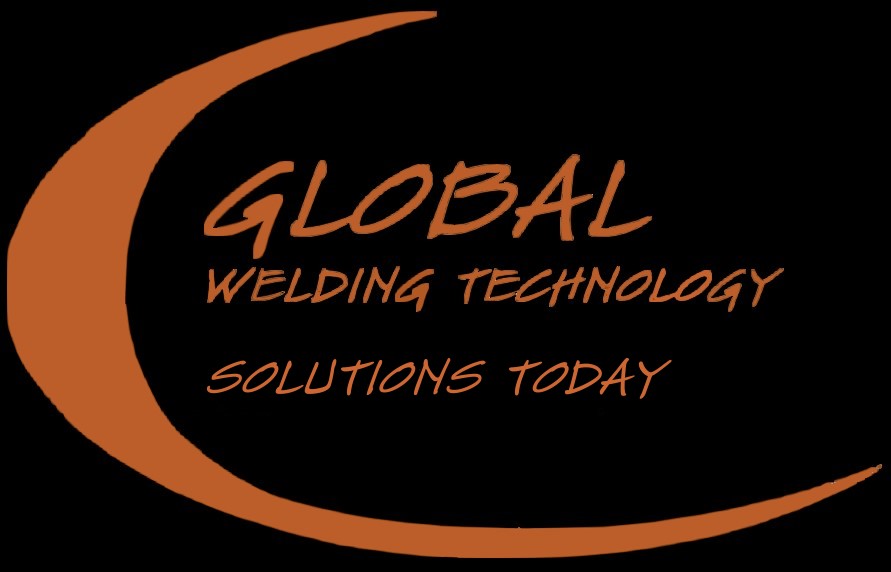Welding Inspection
May 2014Why have it? Inspection of welding, it’s an extra cost to my business. It’s just more paperwork. I have ISO 9001 so why do I need to do more?

Let us help you tap into the work and methodology of a welding inspector.
Firstly let us say that the work of a welding inspector is viewed by most people as very similar to the work of a policeman. Let’s not get too close but if I need you please come to my aid. In some respects this may be true depending on the actual role of the welding inspector.
Welding inspectors are usually employed by 4 groups; the fabricator, the intermediate client, the end client or by some authority figure such as the court or Worksafe. How the inspector operates depends on who they are actually working for. If its Worksafe they will operate very much like a policeman as a critical situation has arisen that needs to be addressed legally. If they work for the end client or intermediate client it will be on a basis of obtaining the best interest for the client but this may or may not hurt the fabricator. The ideal situation is for the welding inspector to be employed by the fabricator. This ensures the inspector is always operating with the focus on the fabricator manufacturing lean, efficiently, in compliance with the specifications and drawings, with the focus on maximizing profit and improving the fabricators reputation in the market place.
The role of the welding inspector involves monitoring the job from material delivery right thru to packing and delivery of the finished product. This will include ITP’s and welding procedure specifications.
To accomplish this the inspector will involve technicians from other disciplines such as radiography, ultrasound, crack testing, coating testing and the like to fulfill obligations of the contract or specifications. He/she will liaise with engineers and the client and any of their representatives. The inspector will make sure that the inspection levels are in compliance with the contract. Sometimes it is assumed that 100% inspection is required but this is rarely the case. It is usually in the range of 0% to 50%. Yes 0% meaning that some types of inspection are not required.
The level of inspection is determined by the construction code and the category selected within that code. More and more in Australia it is required that international codes will be used. The welding inspector is fully trained in codes from all over the globe. It is the experience of the welding inspector that enables them to guide the fabricator to operate efficiently but within code requirements thereby saving the fabricator money. Losses that occur in a business and regarded as “normal to doing business” can be reduced if not eliminated by the welding inspector. As the inspector becomes more and more part of the organization the employer and employees trust in him/her grows. This trust allows changes to be made to systems and work practices that reduce errors, reduce rework and scrap. This often amounts to a lot more cost savings that far outweigh the outlay for the welding inspection services. Another area very much overlooked is getting the weld inspector in at the time of quotation where he can often give advice on pitfalls, errors in the specifications or drawings and better methods of manufacture and outsourcing some elements of the contract.
Global Welding Technology are able to offer guidance on all of your weld inspection queries from visual inspection through to Non Destructive Testing (NDT) and Coating Inspections with NACE inspectors.
Global Welding Technology
18 Roseman Road
Chirnside Park. Vic. 3116.
Tel: (03) 9017 6593
Mobile: 0425 751 609
Email: Please use our contacts page


